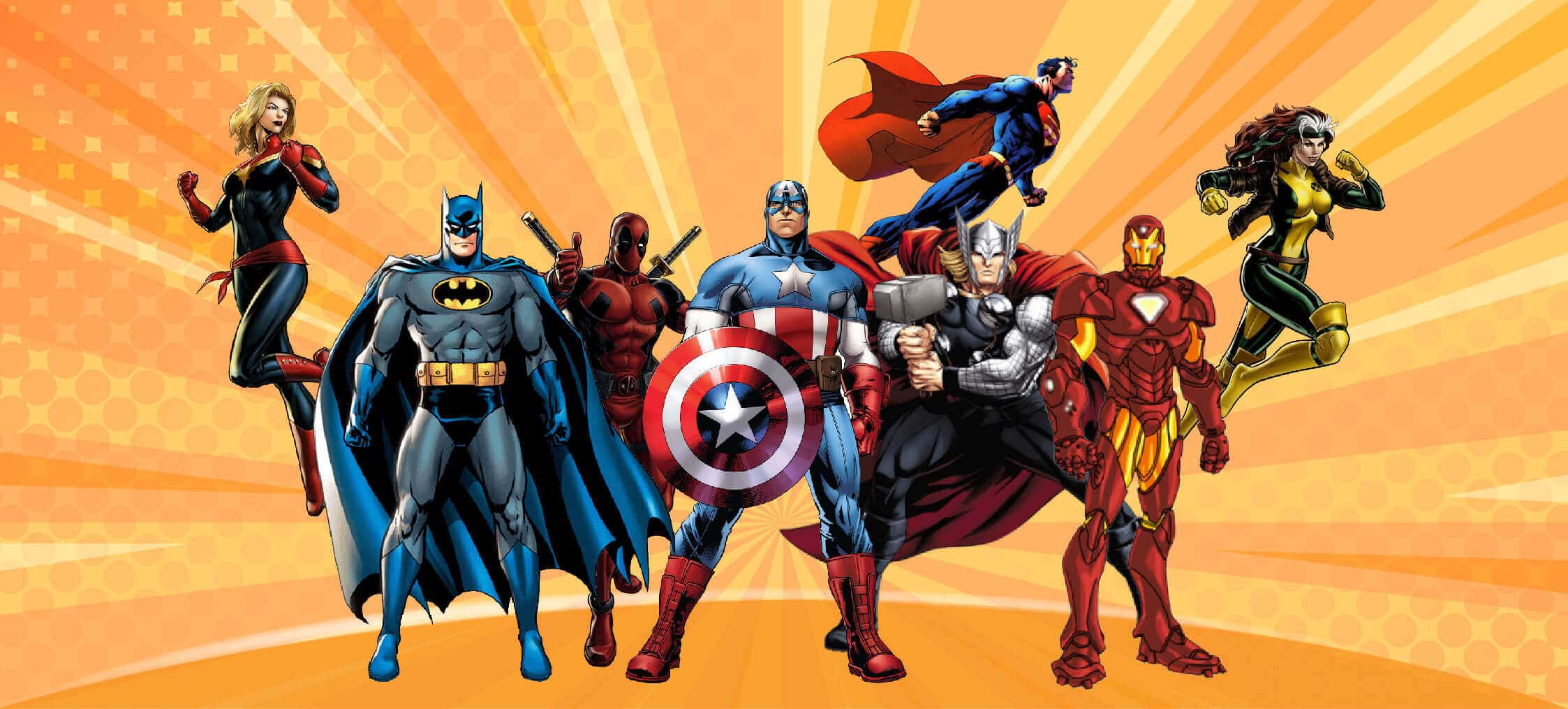Let’s face it—as social media managers, our inboxes are overflowing, our to-do lists are a mile long, and finding time to connect with others can feel like a luxury.
But social interaction isn’t just about catching up with friends over coffee (though that’s important too!). It’s the key to building relationships with your audience, increasing brand loyalty, and, ultimately, your business.
Studies by the University of Chicago have shown that strong social connections can increase happiness by 50%. And guess what? That applies to online connections as well.
When you engage with your followers, answer their questions, and participate in relevant conversations, you’re building trust and rapport with your target audience.
So, how can busy social media managers and SMB owners prioritize social interaction? This post will break down the different types of social interaction, explore real-life examples you can implement in your strategy, and even show you how to leverage the social media scheduling tools to streamline your engagement!
Never Miss a Message Again!
Drowning in comments and messages across platforms? Social Champ’s Social Inbox centralizes everything, letting you respond faster and build stronger connections!
What Is Social Interaction and Why Is It Important?
Social interaction meaning refers to the process by which individuals and groups communicate, engage, and influence one another. This interaction involves exchanging information, emotions, and actions, shaping relationships, and contributing to the social fabric of communities.
But why is it relevant for social media marketing?
Well, imagine a store where the staff just blasts announcements instead of greeting customers. Sounds boring, right? Social media can easily fall into that trap: a one-sided monologue that leaves your audience cold.
This is where social interaction comes in. Let’s take a look at why it is important:
Build Stronger Bonds and Bring Better Business
Social media lets you connect with your audience on a deeper level. You can respond to comments, answer questions, and participate in conversations. This back-and-forth builds trust and loyalty, turning followers into brand advocates.
Improve Your Brand Image
Positive social interactions create a sense of community around your brand. When people see happy customers interacting with you, it builds trust and encourages others to join the conversation. Edelman found that 83% of consumers globally say they trust brands that they can interact with on social media.
Happy Customers Leads to Happy Business
Social media is a great way to provide customer support. By addressing concerns and questions publicly, you show that you care and build positive associations with your brand.
Gather Feedback From Users
Social media interactions can bring you so many customer insights. You must pay attention to what people say about your brand, products, and industry. This feedback can help you improve your offerings and marketing strategies.
A study by We Are Social shows that 42% of social media users use social media to find information about products and services. You can gain insights into their needs and preferences by actively engaging with their comments and questions.
Encourage Word-Of-Mouth Marketing
Encouraging social interaction can turn happy customers into brand ambassadors. Positive comments and shares organically spread the word about your business, reaching a wider audience without breaking the bank.
In fact, research shows that word-of-mouth marketing is 80% more effective than traditional advertising.
Related Article: Social Media Intelligence: What Is It & Why You Need It
What Are the 20 Types of Social Interaction
By now, we understand the importance of social interaction, but did you know there are a ton of different ways people connect online? Understanding these types can help you create more engaging content and build stronger relationships with your followers.
Here’s a breakdown of over 20 key types of social interaction:
Building Relationships
- Conversation Starters: Initiate discussions with open-ended questions, polls, or “Would you rather…?” scenarios.
- Introductions: Encourage followers to introduce themselves or connect with others who share similar interests.
- Shoutouts: Recognize and appreciate loyal followers, contest winners, or those who create user-generated content.
- Sharing Personal Stories: Vulnerability builds trust. Share relevant personal anecdotes that connect with your brand.
- Social Proof: Showcase positive customer reviews, testimonials, or case studies to build trust and credibility.

snapshot from Instagram
Encouraging Participation
- Contests & Giveaways: Run contests that require participation, like photo challenges, caption contests, or trivia quizzes.
- Live Events: Host live Q&A sessions, product demos, or behind-the-scenes tours to create a real-time connection.
- User-Generated Content (UGC) Campaigns: Encourage followers to create content based on prompts or themes relevant to your brand.
- Polls & Surveys: Gather valuable insights and opinions from your audience with interactive polls and surveys.

snapshot from Facebook - Hashtag Challenges: Create a branded hashtag and encourage followers to participate in a challenge using it.
Fostering Community
- Group Discussions: Create or join relevant Facebook groups or online forums to connect with potential customers and industry peers.

snapshot from facebook - Collaborations: Partner with influencers or complementary businesses for cross-promotion and audience expansion.
- Customer Support: Provide responsive and helpful customer service through social media channels.
- Community Building Events: Host online events like watch parties, AMAs (Ask Me Anything), or charity initiatives to build a sense of belonging.
- Charitable Causes: Support causes your audience cares about and encourages their participation through social media.
Generating Discussion & Feedback
- Debates: (Use with caution!) Pose thought-provoking questions on relevant topics and encourage respectful debate in the comments.
- Feedback Requests: Actively ask for feedback on your products, services, or content to improve your offerings.
- Addressing Concerns: Respond promptly and professionally to negative feedback, showing you value their opinions.
- Social Listening: Use social media listening tools to understand what people are saying about your brand and industry trends.
- Brainstorming: Pose open-ended questions to your audience to get creative ideas for new products, services, or content.
Pro Tip: Don’t just focus on one type! Mix and match these strategies to create a well-rounded social media presence that fosters a dynamic and interactive community around your brand.
Featured Article: Exploring the Latest Social Media Trends in 2025
Conclusion
Social media isn’t a one-way street. By incorporating these diverse social interaction methods, you can transform your social media presence into a vibrant hub of connection.
Remember, the most successful social media strategies go beyond just broadcasting messages. They cultivate a space where your audience feels heard, valued, and engaged. So, put on your social butterfly wings, experiment with these tactics, and watch your brand’s online community flourish!













